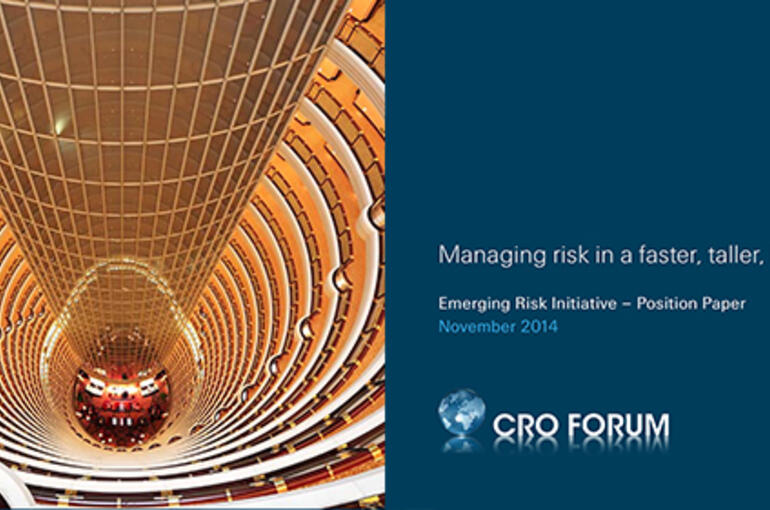Pushing the limits – Managing risk in a faster, taller, bigger worldPushing the limits – Managing risk in a faster, taller, bigger world
November 18, 2014

Faster bullet trains, taller skyscrapers, longer bridges – our world is moving into new technological dimensions at the beginning of the 21st century. This process is not limited to infrastructure: while nanotechnology is conquering the micro-world, highspeed trading is accelerating the stock exchange, and ships in ever-larger dimensions are ploughing the oceans. Superlatives abound, generating a new environment for us to live in. A growing global population drives the development of this new world. The majority of people now live in cities. The challenge of delivering goods and services on an increasing scale to growing towns triggers the need for novel and innovative technologies. These bring not only new benefits; they can also entail new risks. Our world, therefore, not only surprises us every day with new records; it also changes the risk landscape in many ways.
